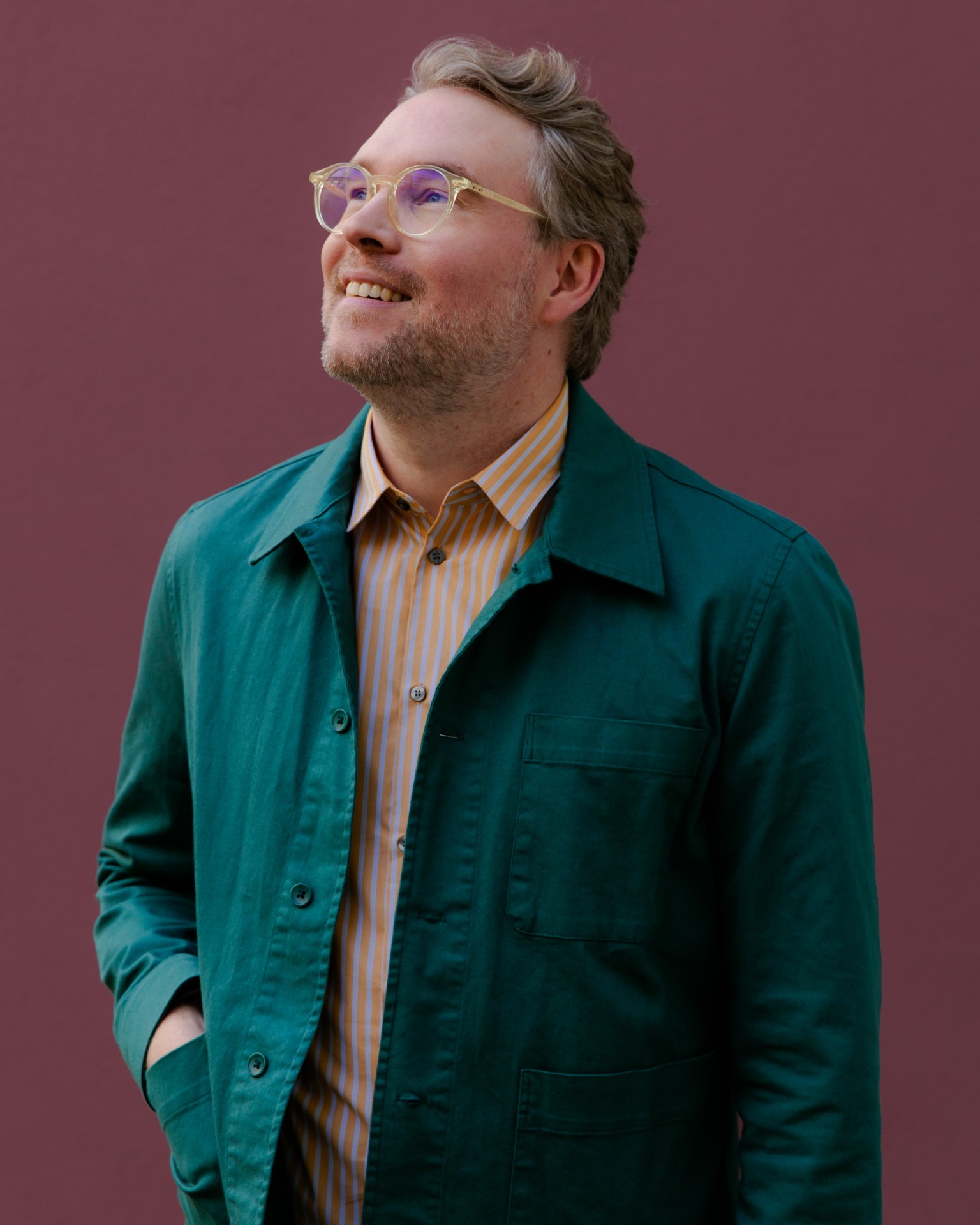1. Sebastian Baden, you’ve been at the head of the SCHIRN for one year now. With “MARTHA ROSLER. IN ONE WAY OR ANOTHER” you are now showing the first exhibition that you yourself have curated. How did this come about and how did you first come into contact with Rosler’s oeuvre?
Martha Rosler’s oeuvre has fascinated me since my early days at art college and I’ve followed her critical work with unabated enthusiasm ever since. I find her photographic work and photomontages particularly powerful and am accordingly particularly delighted that we have also been able to show a selection of these early pieces in the exhibition. When I started out as the new Director of the SCHIRN I already had the idea at the back of my mind of devoting an exhibition to her work and thus swiftly visited her in New York in September 2022. It would be fair to say that Rosler’s position is programmatic for my own views on art and society. I consider the artist’s role to also be that of an educator and Rosler is pretty good at putting all that in a nutshell.
2. What is it about Rosler’s art that makes it so special in your opinion?
In her work, Martha Rosler addresses socially relevant topics such as power, violence, and social injustice, media coverage of war, not to mention images of women rooted in society – and their deconstruction. She combines strong, emotionally provocative photography, images and texts to create montages, installations and even videos that are simultaneously thought-provoking. These are, at the same time, intended as commentaries. In her work, Rosler has consciously appropriated the simple creative strategies of the aesthetics of protests. She has also been a member of the Women’s Liberation Front herself, in other words, is politically active. This makes her work itself into a medium of protest, a tool of exposure and of documenting democratic opposition to injustice. Moreover, she taught for many years – for instance, at the Städelschule in Frankfurt. Here and elsewhere, she has influenced a large number of contemporary artists, partly through the radical nature of her artistic position.
I consider the artist’s role to also be that of an educator and Rosler is pretty good at putting all that in a nutshell.


3. And what motivated you to decide to show Rosler’s work at the SCHIRN now in particular?
Martha Rosler has been observing the relationship between art and our society for more than 60 years now. From her starting point in the USA, she focuses on circumstances relating to global politics. With her clear, analytical eye, her simultaneously poetic and deconstructive approach, Rosler processes social issues that have been and still are decidedly topical – and it is this that, for me, makes her so relevant in our war-torn present that is so shaken by crises. For the SCHIRN, Martha Rosler, my co-curator Luise Leyer, and I have selected works that call to mind the military conflicts of the 20th century, the consequences of which are still being felt to this day. However, Martha also looks at those stereotypical role models of women in our society and at the changes in our urban environments that are impacting the retail industry and the social structure of entire districts. To illustrate this, Rosler has captured the changes to her surroundings in Greenpoint New York in series of photographic images. A phenomenon that is equally rife Frankfurt.
4. Can you provide us with a foretaste of the exhibition – what kind of subjects and works can we expect?
In the exhibition, Luise Leyer and I provide a dense overview of Rosler’s oeuvre as of the 1960s – in different media such as photomontage, videos, photography, texts, and installations. Central to this selection of her works are three iconic series of her socio-critical photomontages, in the shape of “House Beautiful: Bringing the War Home” on the Vietnam War and “Body Beautiful, or Beauty Knows No Pain”, plus her influential work “The Bowery in two inadequate descriptive systems”. Taking this as its starting point, the concentrated tour centers on three topics – the iconography of war, the importance of the patriarchal perspective in the constitution of gender, and Rosler’s observation of social and economic change in her surroundings.




5. Finally, is there any work that you would particularly like to recommend to our visitors – for instance, is there a piece that has firmly lodged in your mind?
I am moved by the latest addition to the series “House Beautiful”, which Rosler produced as a reaction to the US military intervention in Afghanistan and Iraq between 2003 and 2008. However, I believe something at least equally relevant in this context is the major installation “Theater of Drones” dating from 2013, in which Rosler explored the development and use of drones for surveillance purposes and for conducting war. We are showing this work in the public space of the SCHIRN Rotunde – against the backdrop of current wars such as Russia’s invasion of Ukraine, it is once again exceptionally poignant.
